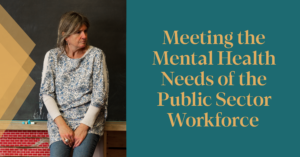
ABSTRACT
• Issue: The COVID-19 pandemic has exacerbated what was already an epidemic of social isolation and loneliness in the United States. As the COVID-19-induced isolation recedes, state policymakers, health care providers, and other stakeholders can look to a broad array of strategies, policies, and interventions to address social isolation and loneliness issues that remain for all ages.
• Goal: Examine the array of policy and intervention options available to stakeholders in shaping a post-COVID paradigm of social integration and inclusion.
• Methods: Review of policies, challenges, existing state legislation, programs, interventions, new avenues for action, and international solutions.
• Key Findings: Existing state legislative initiatives focus on defining and identifying social isolation and its dangers and minimizing or preventing isolation and loneliness among older adults. The challenges exposed by the pandemic-imposed isolation of older adults in long-term care facilities clearly speak to the need for those policies to continue and expand. Future avenues for policy development include creating social-emotional learning curricula and providing psychiatric services via telehealth in schools, addressing the social isolation of those involved in agriculture, and other geographically isolated professions, training teachers to identify social isolation and other warning signs in their students and attending to the shortage of mental health providers.
• Conclusion: Researchers see a need for greater inclusion of various populations when it comes to testing the effectiveness of social isolation interventions and developing the evidence of health effects of social isolation and loneliness.




